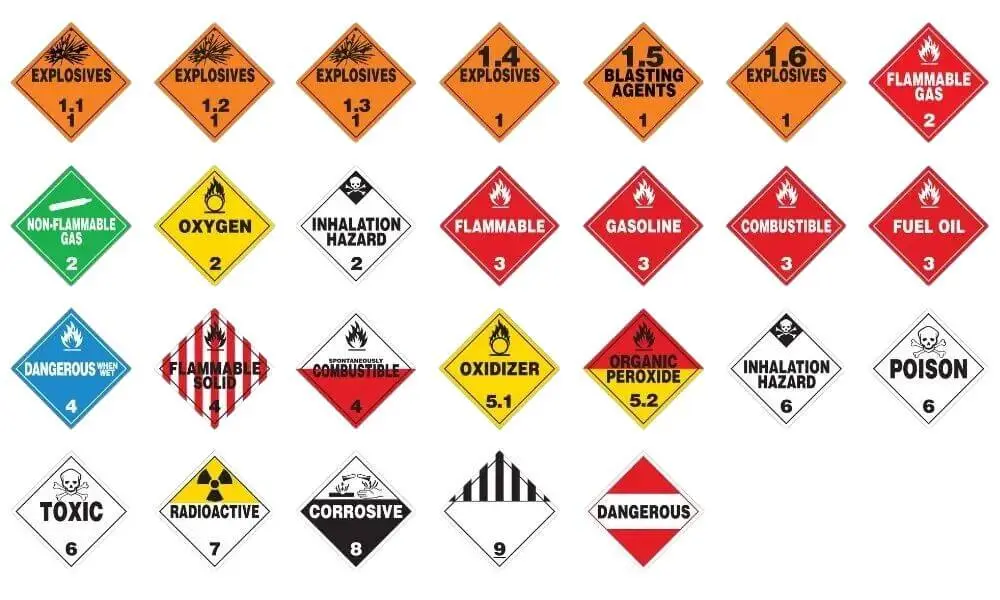How many hazard classes for fully regulated items are there? There are nine Hazardous Materials (HazMat) classes for fully regulated items.
Hazardous Materials (HazMat)
Hazardous materials, often called HazMat, encompass many substances that pose risks to our health, property, or the environment. They’re found in many forms, such as solids, liquids, or gases, and their harm could range from mildly irritating to deadly.
Understanding how to handle and dispose of these materials is paramount. By doing so, we can prevent harm to ourselves and our surroundings. Various rules and regulations have been put in place globally to manage these substances effectively, reinforcing the importance of education and awareness in this area.
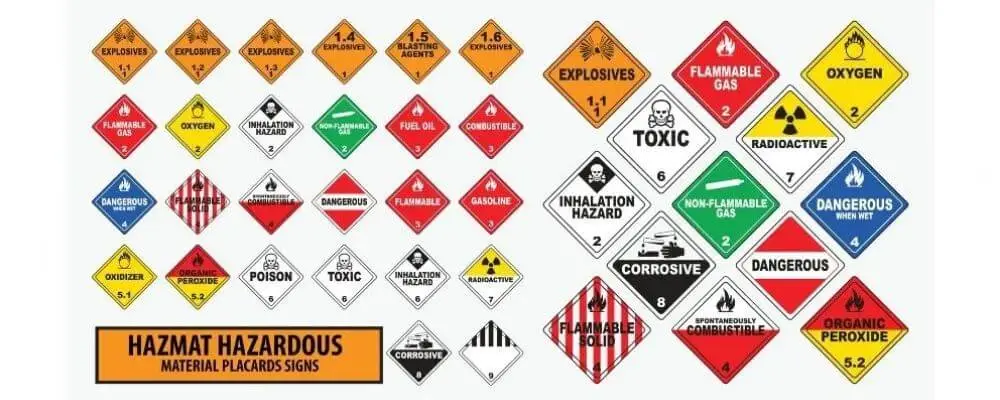
How Many Hazard Classes for Fully Regulated Items?
As discussed above, guided by the Department of Transportation (DOT), there are 9 hazard classes for fully regulated items. The Hazardous Materials Division of the Federal Motor Carrier Safety Administration, United States, has published a Yellow Visor Card explaining nine classes of hazardous materials.
Hazardous Materials (HazMat) Classes
Safety is paramount in all aspects of our lives. From the construction industry to the medical field, from laboratories to transportation, understanding hazards and their classification is vital. But have you ever wondered how different hazardous materials are categorized? Let’s delve into the world of the nine hazard classes, providing you with a comprehensive understanding of each class and its implications.
Hazard Class 1: Explosives
Like a book divided into chapters, Hazard Class 1 is broken down into six divisions to categorize the nature and level of risk better. It’s all about organizing chaos!
Division 1.1 Mass Explosion Hazard: These explosives can cause a mass explosion that instantaneously affects almost the entire load.
Division 1.2 Projection Hazard: These explosives won’t cause a mass explosion but can still project hazardous fragments around.
Division 1.3 Fire Hazard: These substances are the undercover agents of the explosive world – they don’t explode massively or project fragments. Still, they can cause a fire and emit considerable heat.
Division 1.4 Minor Explosion Hazard: These are like the kittens of the explosive family – they pose a minimal hazard, and any effects are largely confined to the package itself.
Division 1.5 Very Insensitive Substances: These explosives are like the hibernating bears of the lot – they’re unlikely to explode under normal conditions, but if they do, it’s a mass explosion.
Division 1.6 Extremely Insensitive Articles: These are like the superheroes of explosives – they possess explosive properties but are so insensitive that the probability of initiation or transition from burning to detonation is negligible.
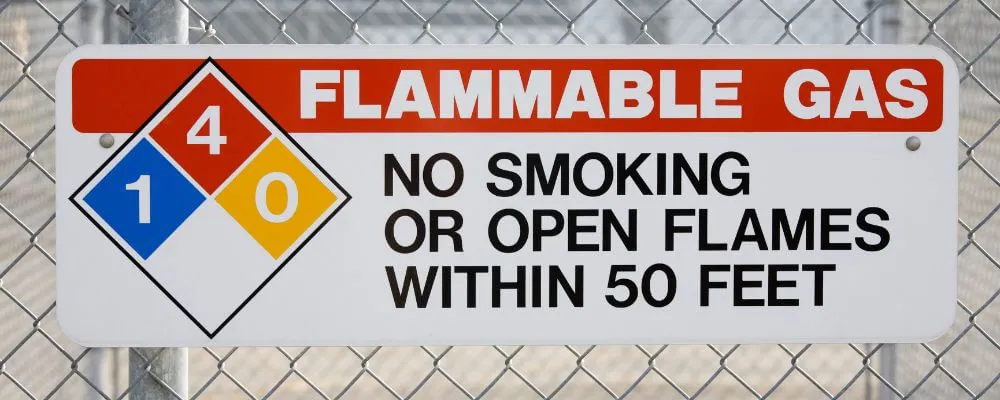
Hazard Class 2: Gases
Hazard Class 2 is segregated into three divisions to categorize the hazards better. Think of these divisions as different genres of a thriller – each holds its unique level of suspense!
Division 2.1 Flammable Gases: These are like the daredevils of gases, ready to ignite and explode immediately.
Division 2.2 Non-flammable, Non-toxic Gases: These are the ‘friendly ghosts’ of the gas family – they don’t burn or poison but can cause other hazards like asphyxiation or create an oxygen-rich environment leading to a fire hazard.
Division 2.3 Toxic Gases: These gases are silent assassins – they may not burn or explode, but they can poison and cause severe health effects.
Hazard Class 3: Flammable Liquids and Combustible Liquid
Class 3 includes liquids that can catch fire easily, like gasoline. The volatility of these substances makes them a significant risk factor in many settings. It’s like a fiery dragon in a dangerous, intriguing fantasy tale.
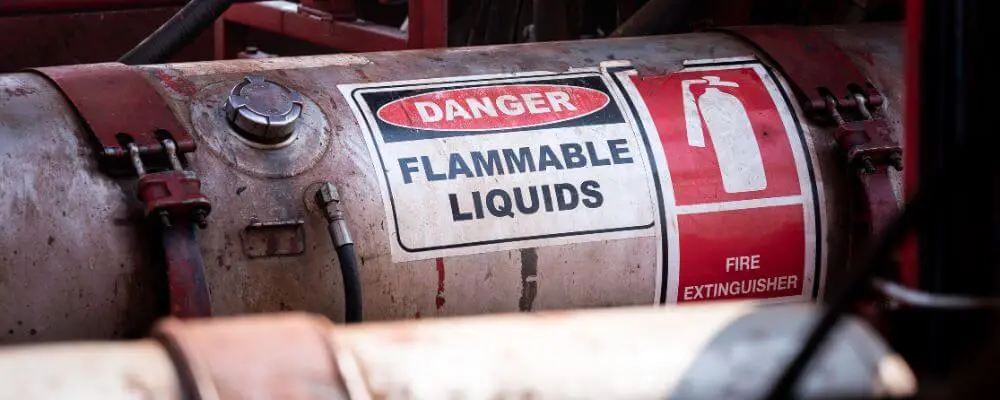
Hazard Class 4: Flammable Solid, Spontaneously Combustible and Dangerous When Wet
Hazard Class 4 is divided into three divisions to better understand these warriors. Each division signifies a unique form of hazard.
Division 4.1 Flammable Solids: These are the impatient warriors, ready to ignite with minimal encouragement, such as safety matches.
Division 4.2 Substances Liable to Spontaneous Combustion: These substances are like self-starter warriors – they don’t need an external spark to ignite; they can do it themselves, such as coal.
Division 4.3 Substances Dangerous when Wet: These are the quirky warriors – rather than shying away from water, they react dangerously to it, such as sodium.
Hazard Class 5: Oxidizing Substances and Organic Peroxides
Hazard Class 5 is categorized into two divisions for clarity and safety, each with its unique characteristics and hazards.
Division 5.1 Oxidizing Substances: This division includes substances that can cause or enhance the combustion of other materials, like potassium nitrate.
Division 5.2 Organic Peroxides: This division represents organic peroxides that may be explosive, burn rapidly, be sensitive to impact or temperature, or react dangerously with other substances. These substances are the drama queens of the chemical world – they can react unpredictably and with a bang!
Hazard Class 6: Toxic and Infectious Substances
Hazard Class 6 is divided into two divisions to differentiate the specific dangers, each portraying a distinct aspect of danger.
Division 6.1 Toxic Substances: This division consists of toxic substances which can cause death or serious injury if swallowed, inhaled, or by skin contact, for example cyanide.
Division 6.2: Infectious Substances: This division covers infectious substances containing pathogens, like COVID-19 samples.
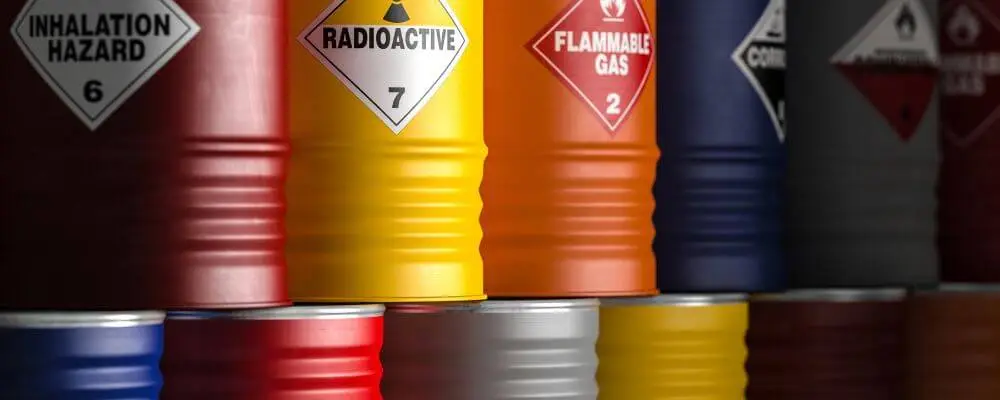
Hazard Class 7: Radioactive Materials
Radioactive Materials include all substances emitting ionizing radiation. These materials hold great power, comparable to the enigmatic sorcerers of the chemical realm, harnessing atomic energy that, when handled correctly, can be utilized in medical, industrial, and energy sectors.
However, the mishandling of these substances poses substantial risks. Like invisible magical spells, radioactive materials can cause unseen, long-term damage. Therefore, when dealing with these materials, stringent safety protocols, appropriate storage, cautious transportation, proper training, and strict regulatory compliance are crucial.
Hazard Class 8: Corrosive Substances
Corrosive Substances encompass all materials that can inflict severe damage upon contact with living tissues or progressively degrade or destroy other materials. Like caustic villains in a tale, these substances can corrode metal, burn skin, and cause irreparable harm.
However, when handled carefully, these substances serve many industrial and chemical purposes. Like transforming a villain into a useful ally, corrosive substances require stringent safety measures, proper storage, careful transportation, and thorough training to ensure they can be used beneficially without causing harm.
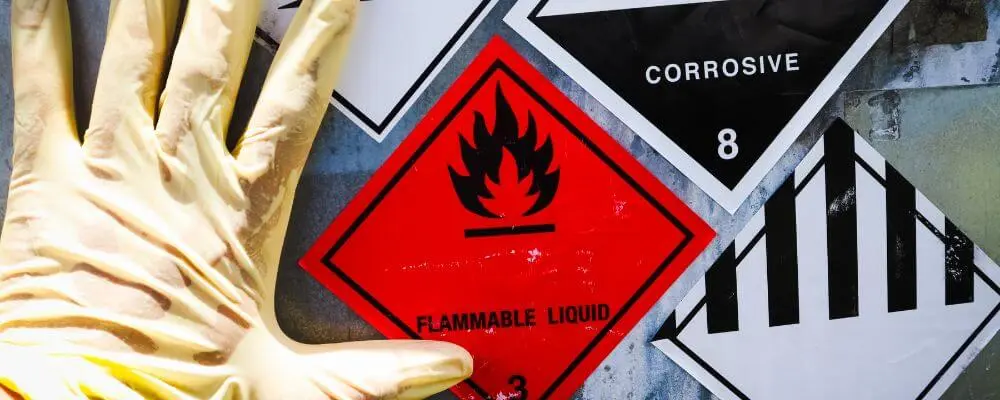
Hazard Class 9: Miscellaneous Dangerous Substances and Articles
This hazard class is a catch-all category for materials that pose significant risks but don’t fit neatly into the other hazard classes. Much like the wildcards in a deck of cards, these substances may have unpredictable and varied properties yet they are equally dangerous goods.
Despite their varied nature, they’re unified in the need for careful handling. Like wildcards, they need to be played correctly to avoid potential pitfalls. With adequate safety measures, appropriate storage, and careful transportation, these wildcards can be managed effectively and efficiently, minimizing risks while maximizing utility.
These substances and articles present a danger during transportation not covered by other classes, like lithium batteries. Before shipping any materials, it’s essential to check if they fall under the DOT Hazardous Materials Regulations, as non-compliance can lead to hefty fines and even legal action.
Conclusion
As we conclude our exploration, “How many hazard classes for fully regulated items are there?” has been answered. In the United States, nine distinct classes define the framework for handling hazardous materials. This knowledge isn’t just theoretical; it forms the cornerstone of safe practices and procedures. By understanding these classifications, we arm ourselves with the power to minimize risks, ensuring a safer environment. So, let’s continue to broaden our knowledge and build a safer tomorrow.
